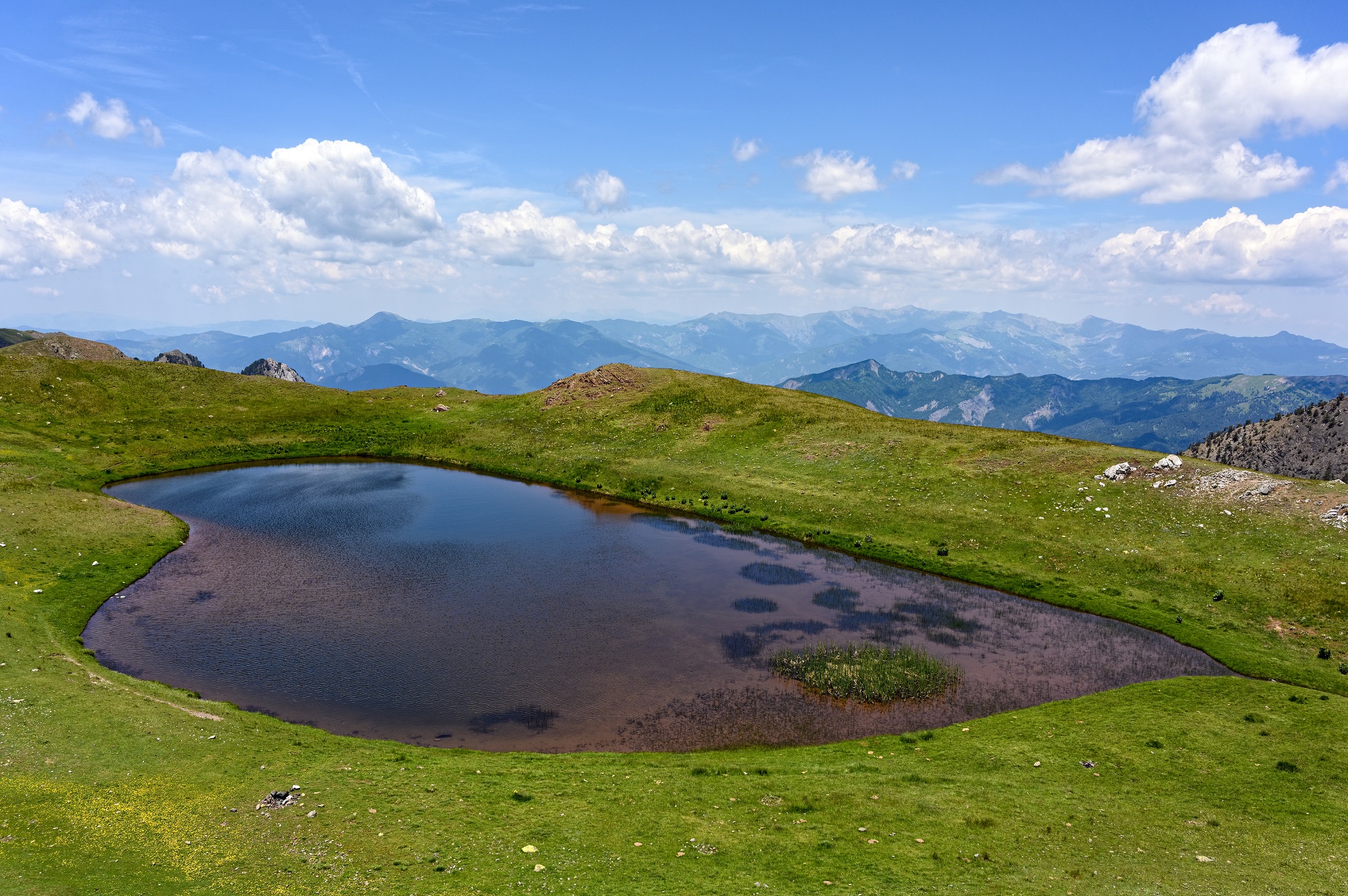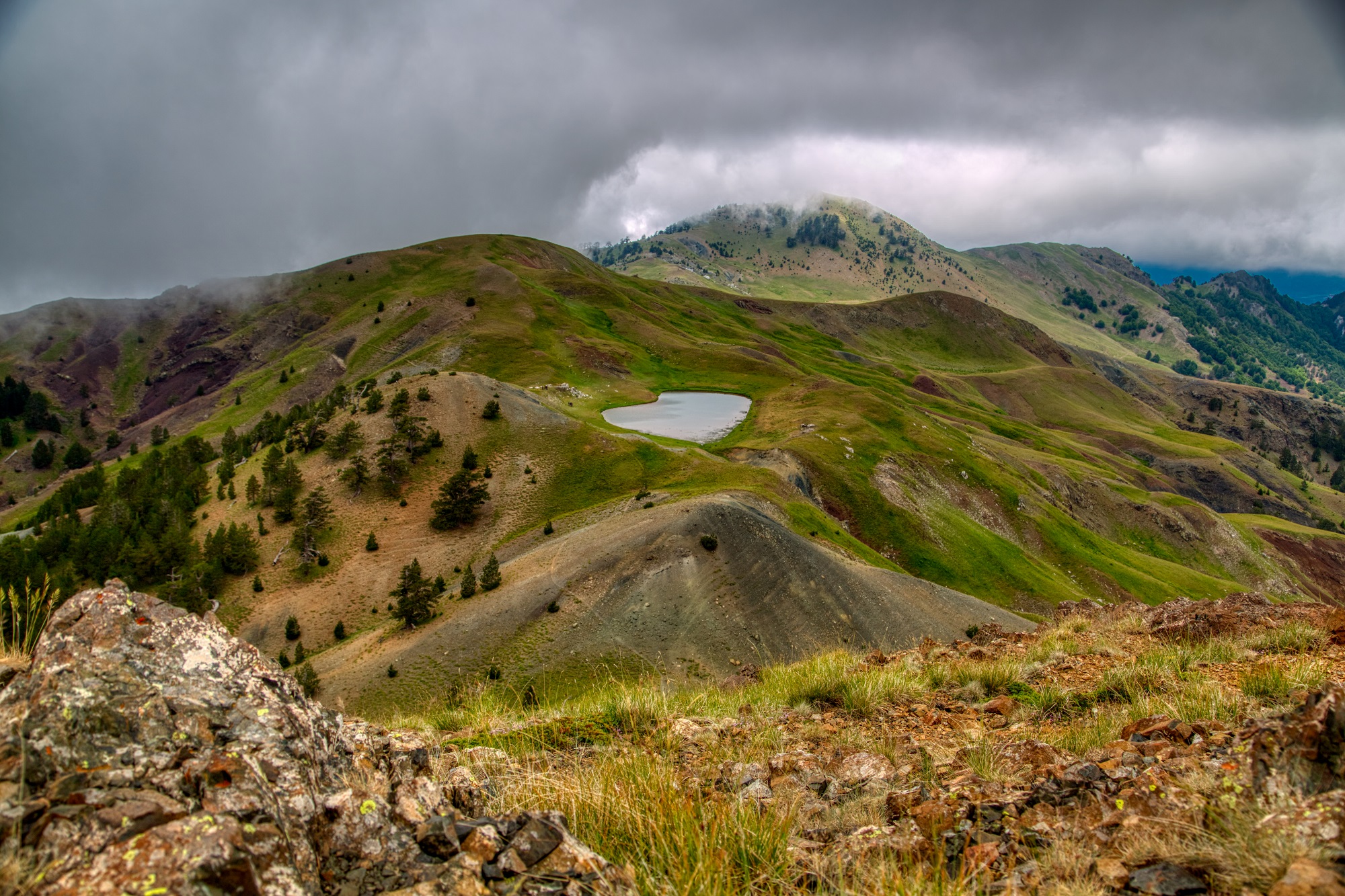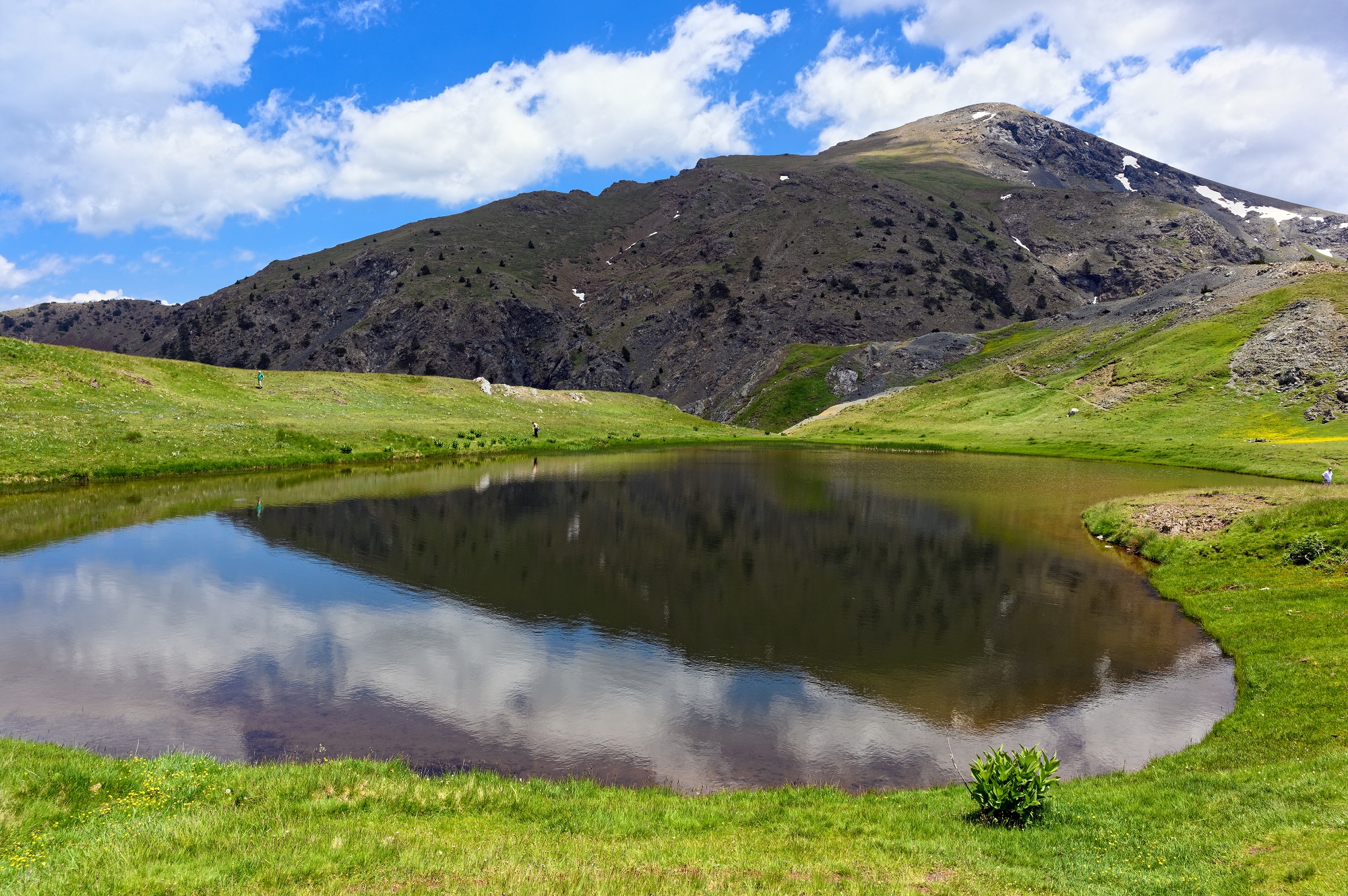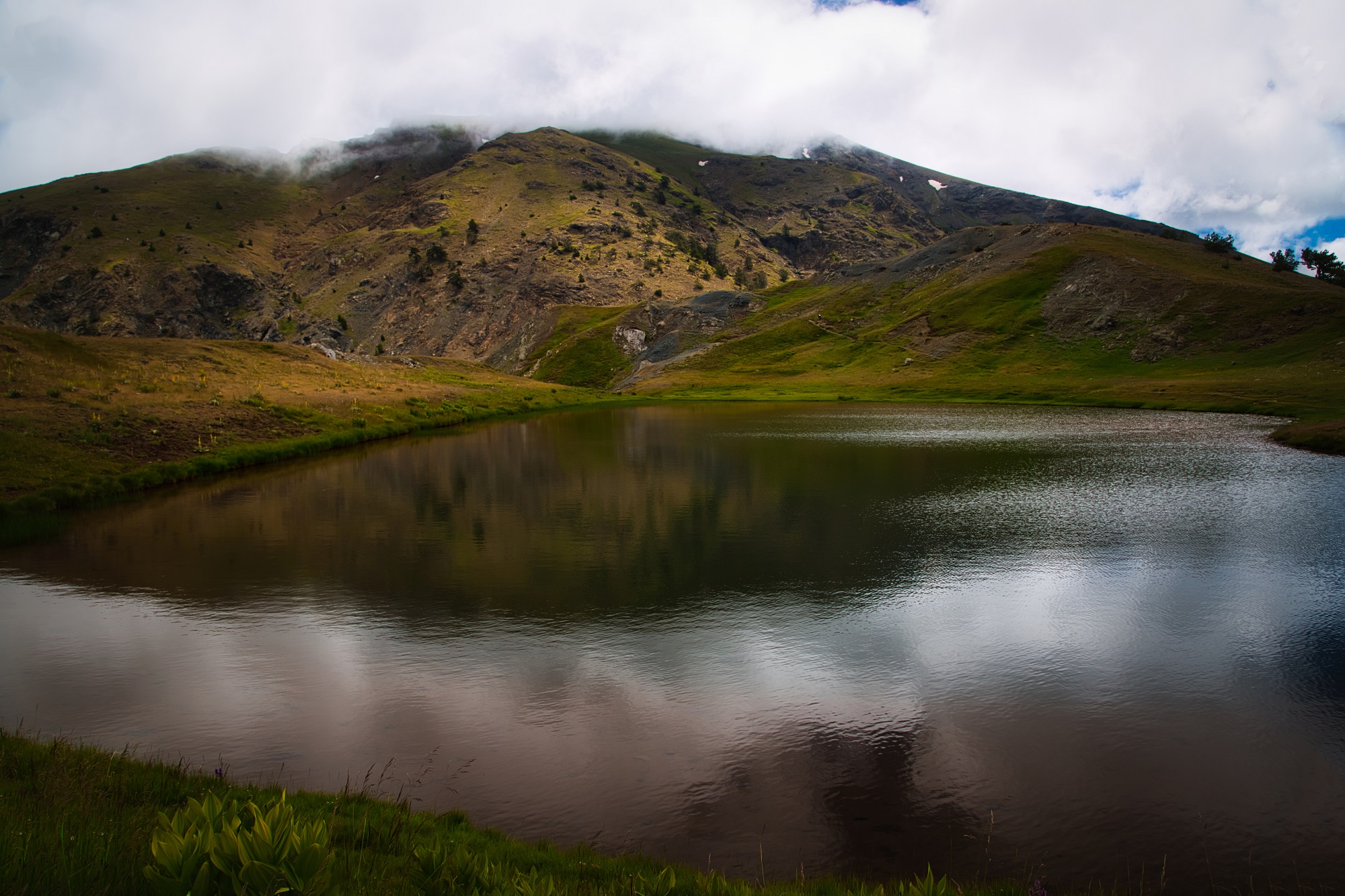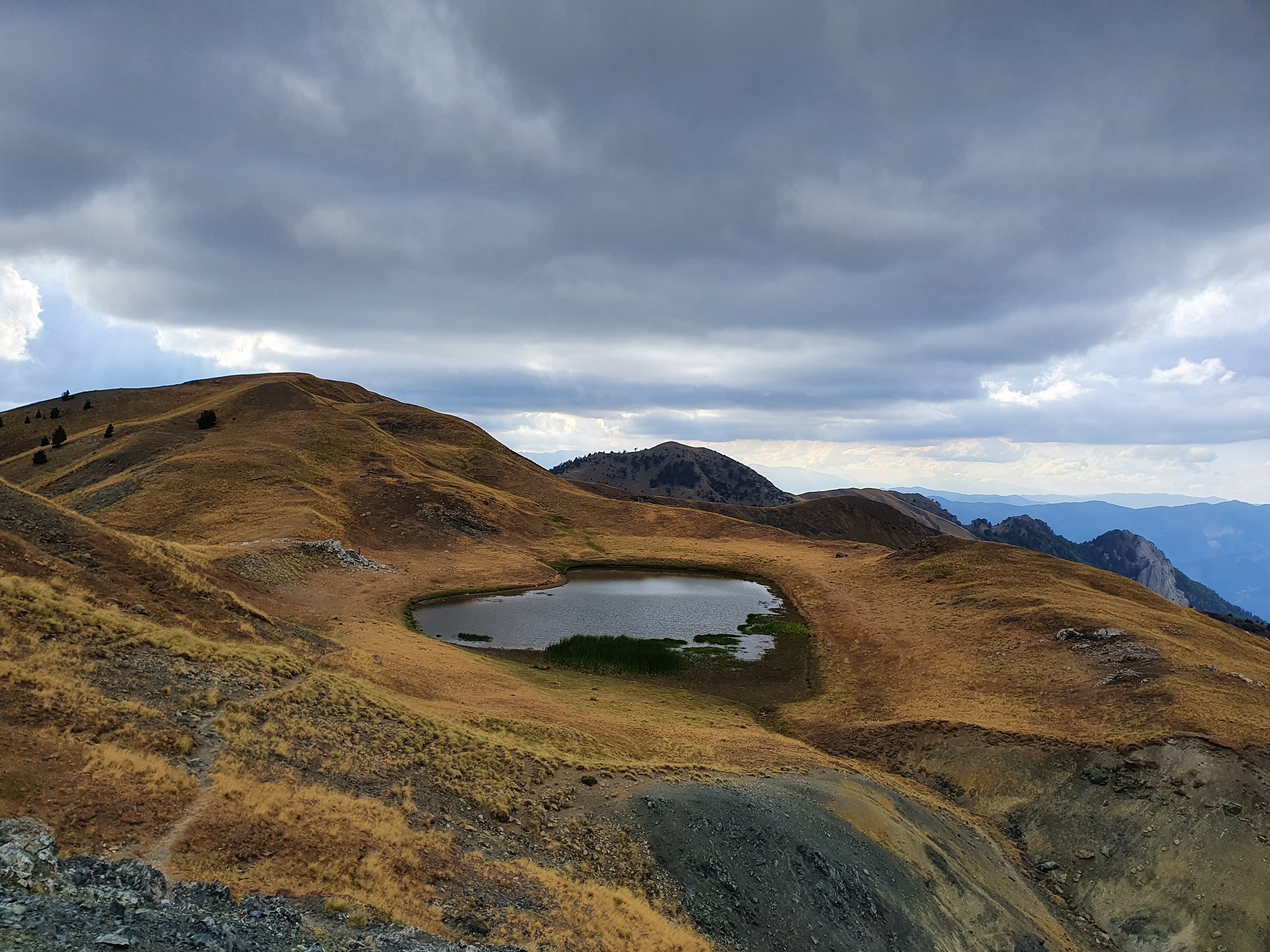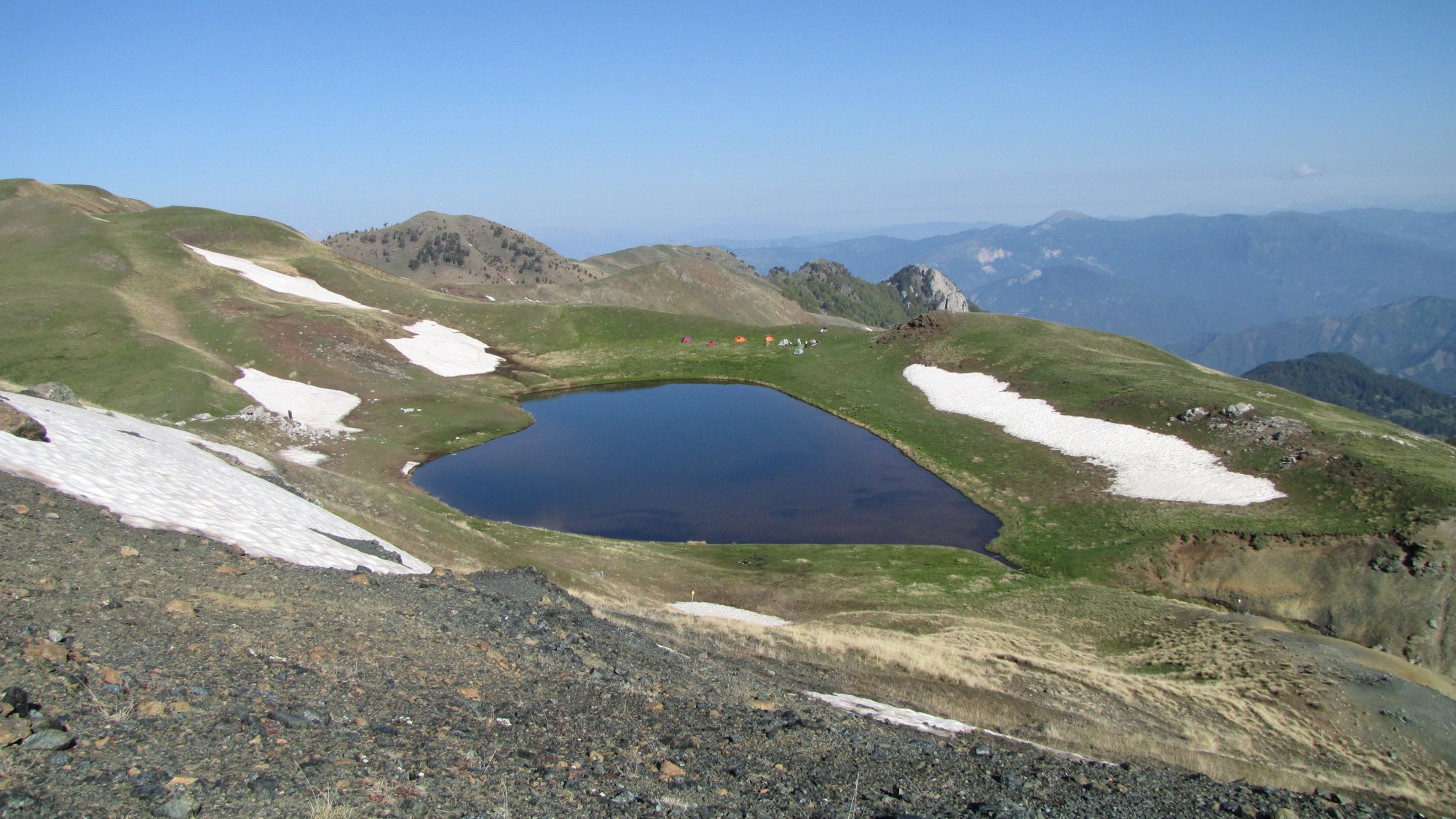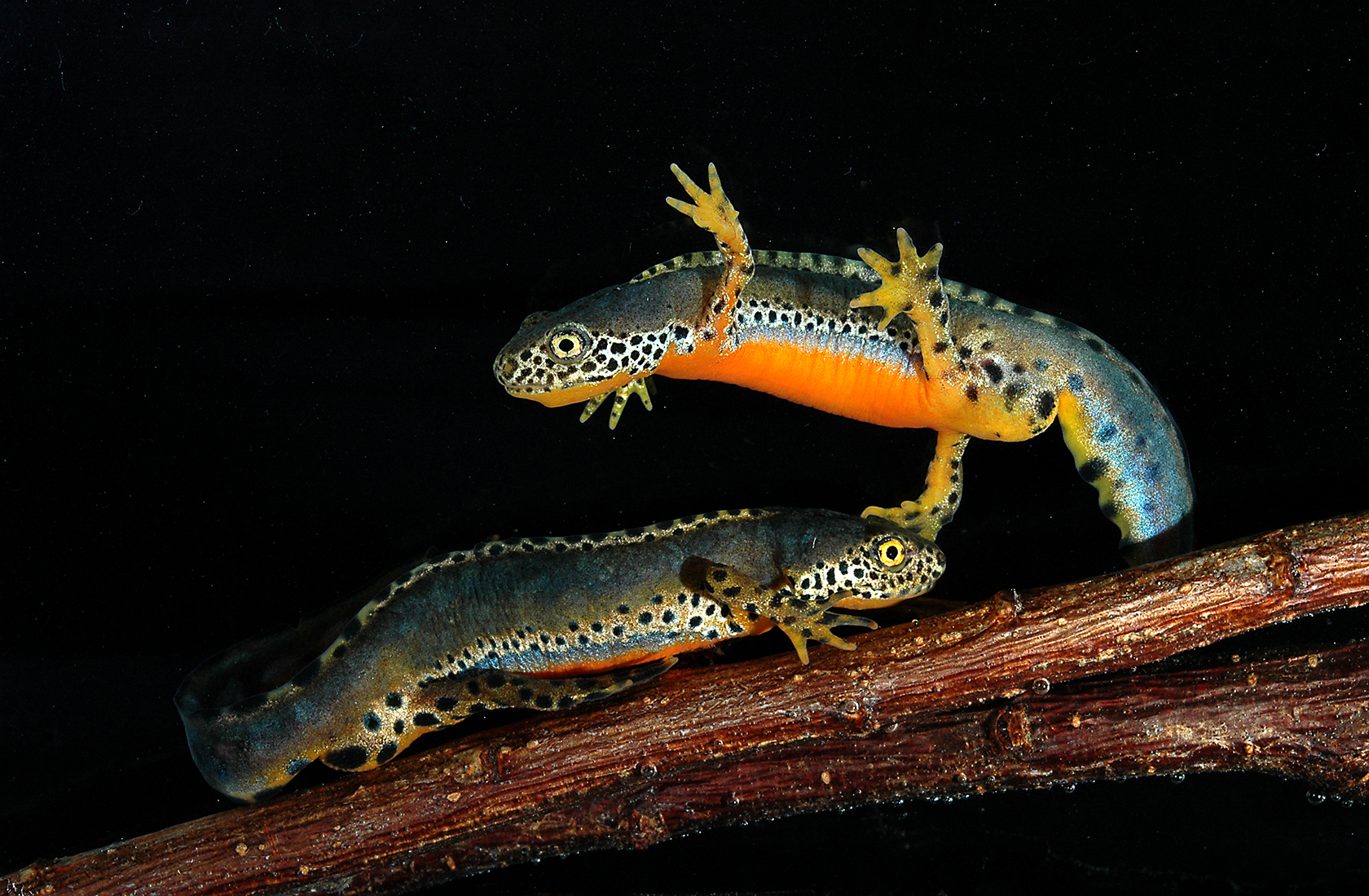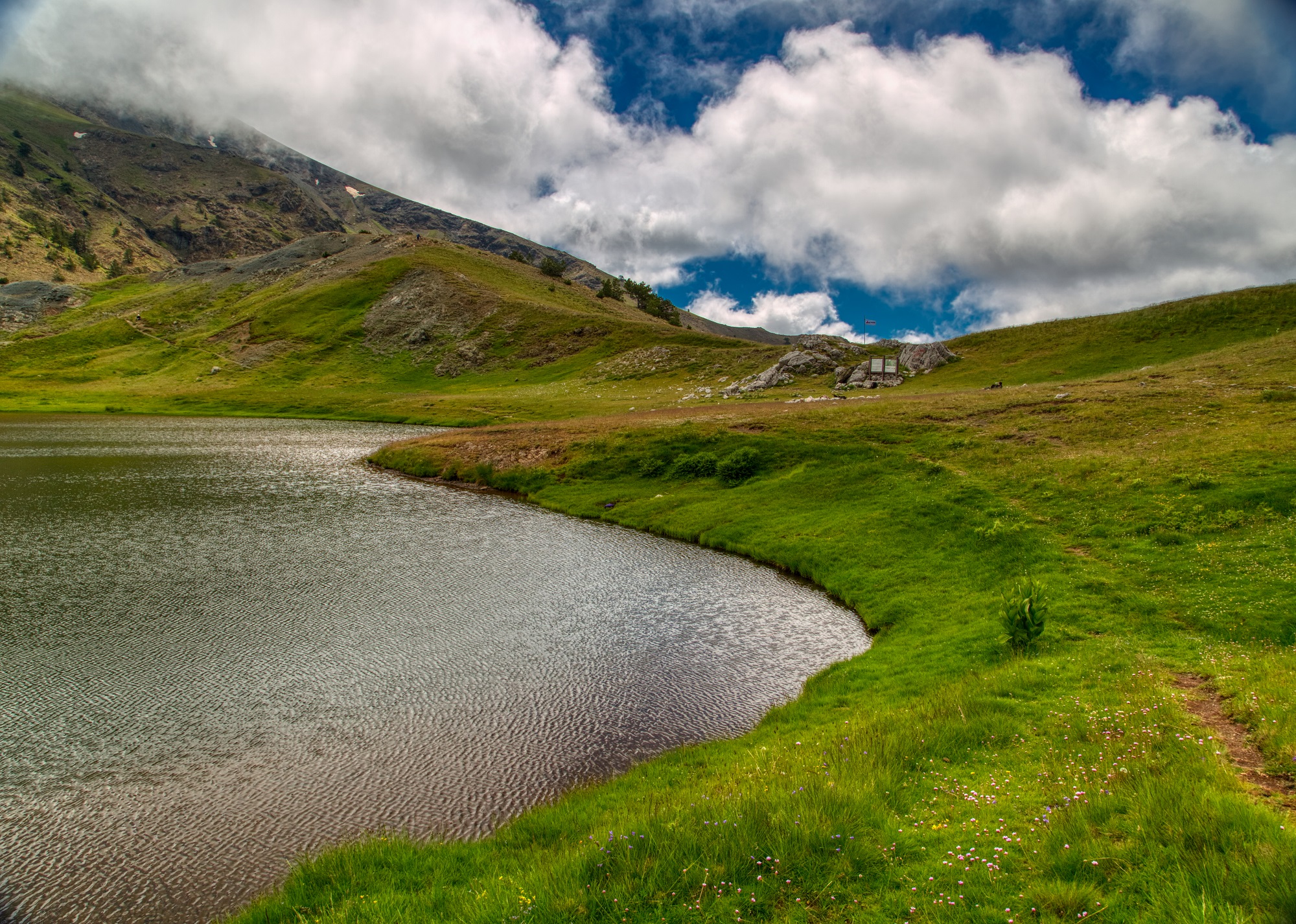Though few settings in Greece’s mountainous areas offer alpine-like imagery, the Drakolimni, on Smolikas, the country’s second-tallest mountain, certainly does, especially in spring when it is surrounded by lush greenery offering a unique natural beauty reminiscent of Swiss rural settings.
Smolikas’ Drakolimni, or dragon lake, is one of a number of lakes nestled on the peaks of Epirus’ mountains. In fact, it is the second-largest of these sub-alpine lakes, outsized only by the lake in the Tymfi mountain range.
The Smolikas mountain pinnacle at 2,637 metres is surpassed only by that of Mt Olympus, Greece’s tallest mountain. Though often regarded as a part of the northern section of the Pindus mountain, the Smolikas mountain actually stands directly opposite the Tymfi mountain range to occupy the northern section of the Ioannina regional unit and the western section of Grevena.
The Smolikas mountain’s fertile ground enables the growth of rare plants that perfectly complement the beauty offered by the lake. In winter, the setting is frozen and not accessible, but spring brings about a major transformation as the setting turns lush and the lakeside area fills with gorgeous flowers, including wild orchids, which dominate, as well as lilies, violas and rockfoils.
Smolikas’ sub-alpine lake is also known as Lyga, while the wider region’s Vlach-speaking population also refer to the lake as Lakou-Vinitou, meaning Blue Lake, prompted by its deep-blue colour, which unfailingly impresses visitors.
The Drakolimni has an irregular shape, which for many resembles a heart. It is 4 to 6 decares in area and its depth remains unknown – it is believed to be deep, which is probably why its waters are so blue. The bottom near the banks tends to be reddish and its waters are home to a few alpine newts, amphibious creatures related to salamanders, capable of living at high altitudes, taking advantage of high levels of humidity.
As for its special name, it is certainly no coincidence. Like the other dragon lakes of Epirus, it is tied to popular beliefs about dragons that ruled these lands in the olden days. The dragon of Mount Smolikas was said to hurl huge lumps of salt, causing unbearable thirst to its opponent who swallowed them. Folklore has also preserved a tale of a shepherd who once drowned there because of a failed love affair and who now haunts the lake as a ghost. Finally, another charming story has a golden ram inhabiting the unknown bottom of the lake.
How to get there
Geographically, Smolikas’ Drakolimni is situated within the boundaries of the village Agia Paraskevi (Kerasovo), from where a mountain trail, 03, begins, reaching all the way to the mountain’s peak. It takes about 4 hours but the natural beauty rewards the effort. Another trail, K2, is situated 2 km beyond Agia Paraskevi. Following its yellow signposts for approximately 4 hours leads to a crossing with a trail running from Samarina. Turning right at this intersection to reach Smolikas’ Drakolimni. Water that is suitable for drinking can be found along the way.
Another route begins from the Ioaninna area village of Palaioselli and requires considerable mountain climbing all the way up to 2,150 metres, the altitude of Smolikas’ Drakolimni. This route includes a trail of medium-degree difficulty and a forest track. Of course, other routes exist, including from Pades, via a dirt track, or Pournia. However, this specific route enables trekkers to rest at the Smolika refuge. The lake is a further 2 hours ahead.
Read also:
Epirus, Greece: Charming villages, imposing nature, mystic vibes, mystic vibes
Lake Chimaditis: an amazing, yet little-known wetland in Florina



